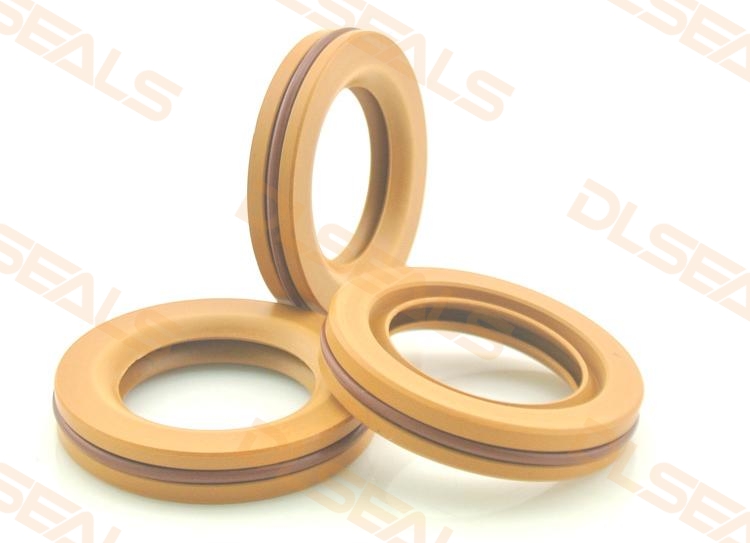Reciprocating sealing is a critical component in industrial equipment, operating under far more demanding conditions than static seals. An excellent reciprocating sealing ring must maintain long-term stability under dynamic friction, pressure impacts, and temperature variations. This article delves into the core performance it must possess and analyzes which materials are ideal choices.
I. Core Performance Requirements for Reciprocating Sealing Rings
- Optimal Balance of Low Friction and High Wear Resistance: This is the most crucial performance characteristic. Low friction reduces motion resistance, lowers energy consumption, and prevents overheating and “stick-slip” motion. High wear resistance directly determines the service life of the seal. Both must be balanced and are equally important.
- Reliable Sealing Ability: Sealing is the fundamental duty. The seal must effectively prevent internal medium leakage and block external contaminant ingress under reciprocating motion and pressure fluctuations, ensuring clean and efficient system operation.
- Excellent Media and Temperature Resistance: The sealing material must resist erosion from the working medium (e.g., hydraulic oil, chemicals), without swelling or softening. Simultaneously, it must maintain its elasticity and mechanical properties within the equipment’s operating temperature range.
- Good Elasticity and Follow-ability: The sealing ring must have sufficient elasticity to automatically compensate for minute clearances, eccentricity between the piston rod and cylinder barrel, and its own wear, maintaining tight contact to avoid leakage.
- Extrusion Resistance and High Mechanical Strength: Under high pressure, the sealing ring needs adequate strength and hardness to prevent being extruded into the gaps between moving components, which causes permanent damage.
II. Common Materials Suitable for Reciprocating Seals
Material selection is key to achieving the above performance. The following are several mainstream materials and their characteristics:
| Material Category | Advantages | Limitations | Primary Application Scenarios |
|---|---|---|---|
| Polyurethane (PU) | Excellent wear resistance, high mechanical strength, good extrusion resistance | Poor high-temperature and water resistance (can hydrolyze at elevated temperatures) | Preferred for medium-high pressure hydraulic systems, suitable for heavy-duty, high-wear applications |
| Filled Polytetrafluoroethylene (Filled PTFE) | Lowest coefficient of friction, excellent high-temperature and chemical resistance | Poor elasticity, prone to cold flow, usually combined with an elastomer (e.g., O-ring) | Suitable for oil-free lubrication, high temperatures, highly corrosive media, and applications with extreme friction requirements |
| Nitrile Rubber (NBR) | Excellent oil resistance, good elasticity, cost-effective | Moderate resistance to high temperatures and ozone | Most widely used general-purpose material, suitable for most mineral oil-based hydraulic oils and standard conditions |
| Hydrogenated Nitrile Rubber (HNBR) | Significantly improved high-temperature, ozone, and wear resistance while maintaining NBR’s oil resistance | Higher cost than Nitrile Rubber | For demanding applications requiring higher temperature resistance and durability (e.g., automotive engines, AC compressors) |
| Fluoroelastomer (FKM/Viton®) | Exceptional high-temperature and chemical resistance (acids, fuels) | High cost, poor low-temperature elasticity | Harsh environments with high temperatures, high pressure, and aggressive chemicals (e.g., automotive fuel systems, chemical industry) |
Summary
Selecting a reciprocating sealing ring is a systematic process. Performance defines the requirements, materials provide the solution. Typically, Polyurethane dominates high-pressure hydraulic applications due to its exceptional wear and extrusion resistance; Filled PTFE is unmatched in high-speed, high-temperature, and corrosive scenarios thanks to its ultra-low friction; while Nitrile Rubber and its enhanced versions (HNBR, FKM) cover a wide range from standard to severe conditions based on temperature, oil resistance, and cost requirements. Understanding the relationship between core performance and material properties is key to making the correct choice and ensuring stable equipment operation.
Post time: Oct-21-2025

